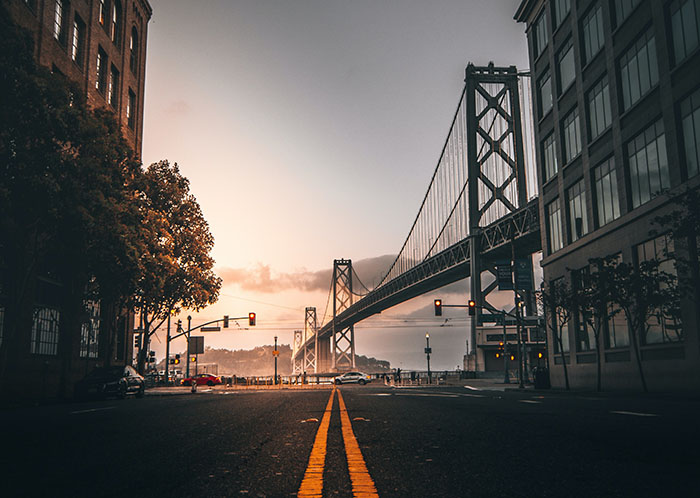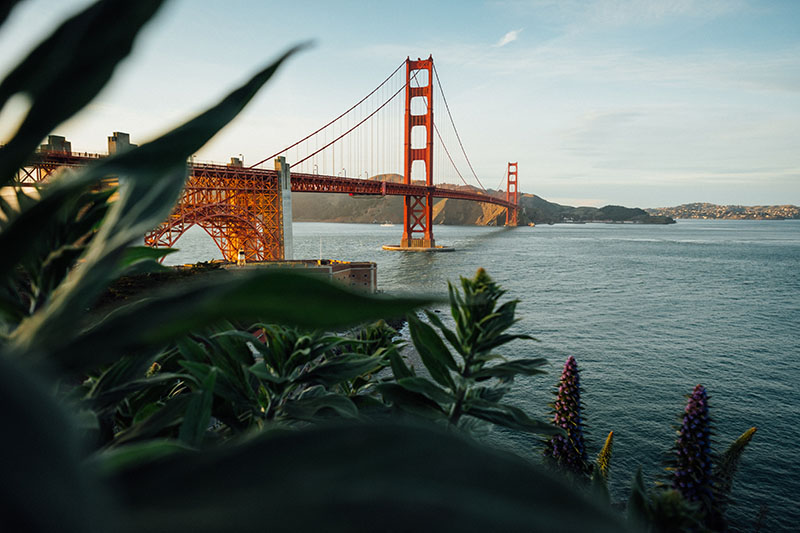Experiential Marketing
In today’s competitive marketplace, creating memorable brand experiences is crucial for capturing consumer attention and building lasting relationships. Experiential marketing at large-scale events offers unique opportunities for brands to interact directly with their target audiences.
“Each type of brand ambassador plays a unique role in a company's marketing and promotional strategies, tailored to meet specific goals such as expanding brand presence, directly boosting sales, or building customer loyalty.”
Planning Your Event
How to Develop an Experiential Marketing Campaign
Frequently asked questions
What is Experiential Marketing?
Experiential marketing is a marketing approach that involves engaging consumers by creating real-life, engaging, and authentic experiences to achieve specific marketing goals such as brand awareness, signups, or product sampling. It aims to stimulate the five senses and build consumer trust through positive interaction.
How Much Does Experiential Marketing Typically Cost
Experiential marketing costs can range from $50,000 to over $5,000,000, influenced by factors such as the creative direction, complexity of the strategy, scale of the production, number of locations, and required staffing. Costs are determined after understanding the campaign’s goals and creative strategy.
Is there free consultation
Yes! Email: [email protected]
What Timeline Should I Expect for an Experiential Marketing Campaign?
From initial engagement to the launch of the experiential marketing campaign, you can generally expect a timeline of three to six weeks. This duration can vary based on campaign complexity and specific client requirements.
What Information is Needed to Create an Experiential Marketing Activation?
To create an experiential marketing activation, you need to provide clear goals, objectives, and a budget. This information helps in the ideation process, ensuring the campaign is tailored to your needs within the constraints of time and budget.





